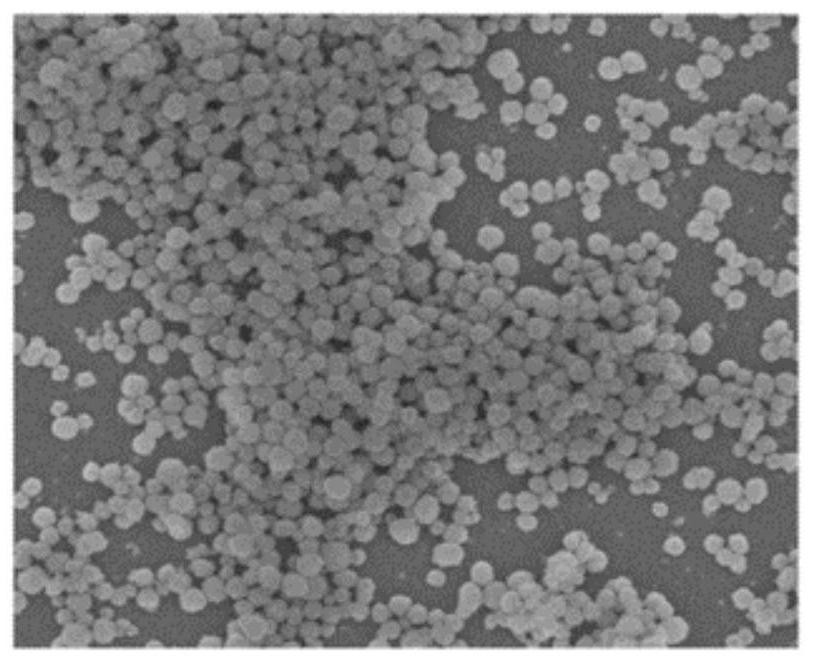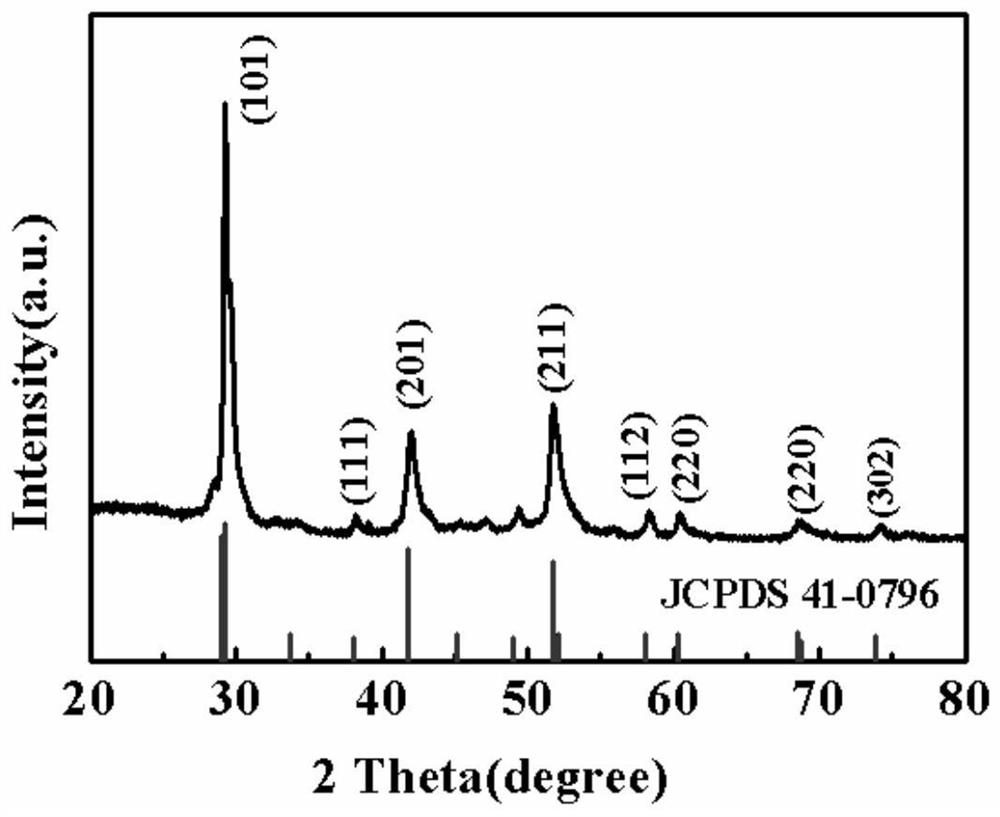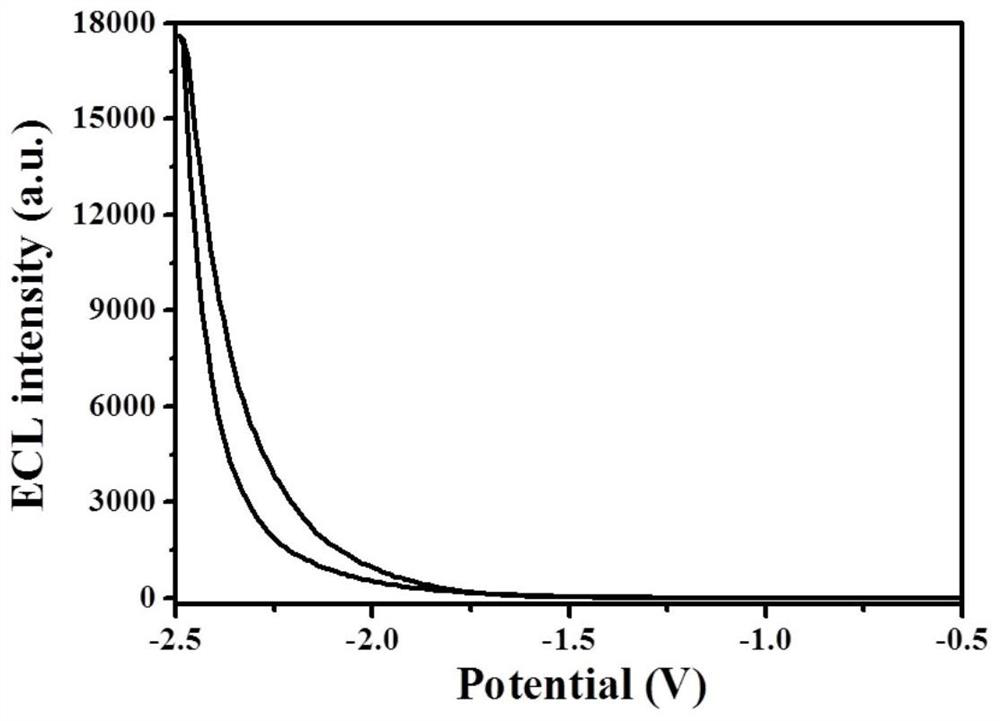ECL biosensor based on NaBiF4 up-conversion nanoparticles
A biosensor and bacteria detection technology, applied in the field of biosensors, can solve the problems of high cost, environmental pollution, poor sensitivity, etc., and achieve the effects of good stability, high ECL strength and fast response
- Summary
- Abstract
- Description
- Claims
- Application Information
AI Technical Summary
Problems solved by technology
Method used
Image
Examples
Embodiment 1
[0032] Step 1. In 10 ml of ethylene glycol (EG) solution, completely dissolve Bi(NO 3 ) 3 ·5H 2 O (0.78mmol), Yb (NO 3 ) 3 ·5H 2 O(0.2mmol), Er(NO 3 ) 3 ·5H 2 O (0.02mmol) and NaNO 3 (2 mmol) to prepare a clear solution 1. Will NH 4 F (14mmol) was added to 25mL EG solution to prepare solution 2;
[0033] Step 2. Slowly add solution 1 dropwise to solution 2 under vigorous stirring, and react with vigorous magnetic stirring at room temperature for 10 minutes to obtain a white emulsion;
[0034] Step 3, after several times of centrifugal cleaning of the above white emulsion, vacuum drying at 60°C to obtain a white powder;
[0035] Step 4. Disperse a certain amount of UCNPs into the mixed solution of Nafion, isopropanol and water (volume ratio is 2:49:49), and the final concentration is 0.5mg mL -1 ;
[0036] Step 5. Continuously polish the exposed glassy carbon electrode with 1.0, 0.3 and 0.05 μm alumina slurry to make the surface smooth, and then wash it with deioni...
PUM
 Login to View More
Login to View More Abstract
Description
Claims
Application Information
 Login to View More
Login to View More - R&D
- Intellectual Property
- Life Sciences
- Materials
- Tech Scout
- Unparalleled Data Quality
- Higher Quality Content
- 60% Fewer Hallucinations
Browse by: Latest US Patents, China's latest patents, Technical Efficacy Thesaurus, Application Domain, Technology Topic, Popular Technical Reports.
© 2025 PatSnap. All rights reserved.Legal|Privacy policy|Modern Slavery Act Transparency Statement|Sitemap|About US| Contact US: help@patsnap.com



